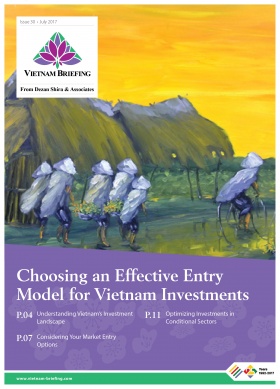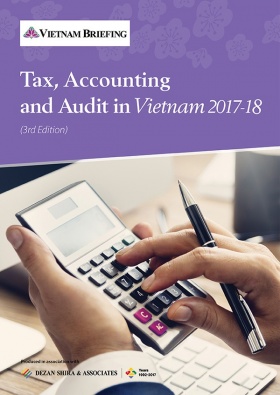Changes in Patent Procedures in Vietnam
To further align itself with international IP norms, Vietnam has amended its Intellectual Property Laws in the form of Circular No. 16/2016/TT-BKHCN. It is already in effect from January 15, 2018. The amendments in patent procedures mostly relate to application rules, patent applications, and examination procedures. Patent applicants should take note of the amendments to avoid compliance risks.
Amendments
Deadline to enter Vietnamese National Phase
Earlier, Patent Cooperation Treaty (PCT) applications were allowed to enter the Vietnamese national phase within 6 months after the 31 months deadline, with a fee. However, as per the new Circular, the six-month grace period has been removed, making the deadline only 31 months.
Applications with the 31 months deadline on or after January 15, 2018, will not be allowed for a late entry request. There are still some doubts whether applications will be allowed for entry in case they have their 31 months deadline before January 15, and their 37 months deadline on or after January 15. Hence, we suggest that PCT applicants strictly follow the 31 months deadline for now.
Time limits for official response
The Circular specifies a new time limit for examination response and payment of registration fee.
- Time limit for formality examination response increased from one to two months;
- Time limit for substantive examination response increased from two to three months; and
- Time limit for payment of registration fee increased from one to three months.
The above deadlines may be extended only once for a similar period as set in the amendment. In these cases, patent applicants need to apply for an extension before the prescribed time limit expires, along with an extension fee.
Request for extension
The circular now allows an applicant to request an extension by six months due to a “force majeure event” or “objective obstacle.” To request the extension, applications have to submit the request along with supporting evidence. The deadline for examination is 42 months from the date of filing for inventions and 36 months for utility models.
Application contents
The circular prescribes that a patent application should have an “objective of the invention” section to highlight the issues to be solved or the aim of a particular invention. They are not required to include a section on example implementations, benefits or effects of their inventions. However, one can describe them in the summary section of the application.
Amending an application
As per the Circular, any amendment in an application should not add content beyond what was originally disclosed in the specification. However, applicants can use claims made in the original filing to make amendments. Earlier, amendments were only allowed in the description section.
If an application is subjected to major amendments after the notification of the intention of grant, it will be subjected to re-examination.
Decisions on refusal
If an applicant receives a decision of refusal after substantive examination, there is no need to lodge an appeal anymore. They can submit new details that were not included in the original examination, and based on that, NOIP can withdraw the decision on refusal. This provision was absent in the previous circular.
Security control of inventions
In effect from 2011, the regulations on security control of inventions specify that inventions invented in Vietnam or by Vietnamese firms or individuals will not be protected in Vietnam in case the patent applications have already been submitted in a foreign country before being submitted in Vietnam. In addition, applications filed outside Vietnam within six months of being filed first in Vietnam are also not protected.
The new circular further stipulates that NOIP will consider an application filed in breach of security control rules, including ones filed directly with the International Bureau as invalid during formality examination. It is highly recommended that Vietnamese inventors follow this rule if they wish to protect their patents in Vietnam.
These long overdue and much-required amendments will further align the domestic IP laws with international IP guidelines.
Vietnam Briefing is produced by Dezan Shira & Associates. The firm assists foreign investors throughout Asia and maintains offices in China, Hong Kong, Indonesia, Singapore, Vietnam, India, and Russia.
Please contact vietnam@dezshira.com or visit our website at www.dezshira.com.
- Previous Article Vietnam Allows Foreign Investors to Establish Logistics Firms
- Next Article FDI Opportunities in Vietnam in 2018








